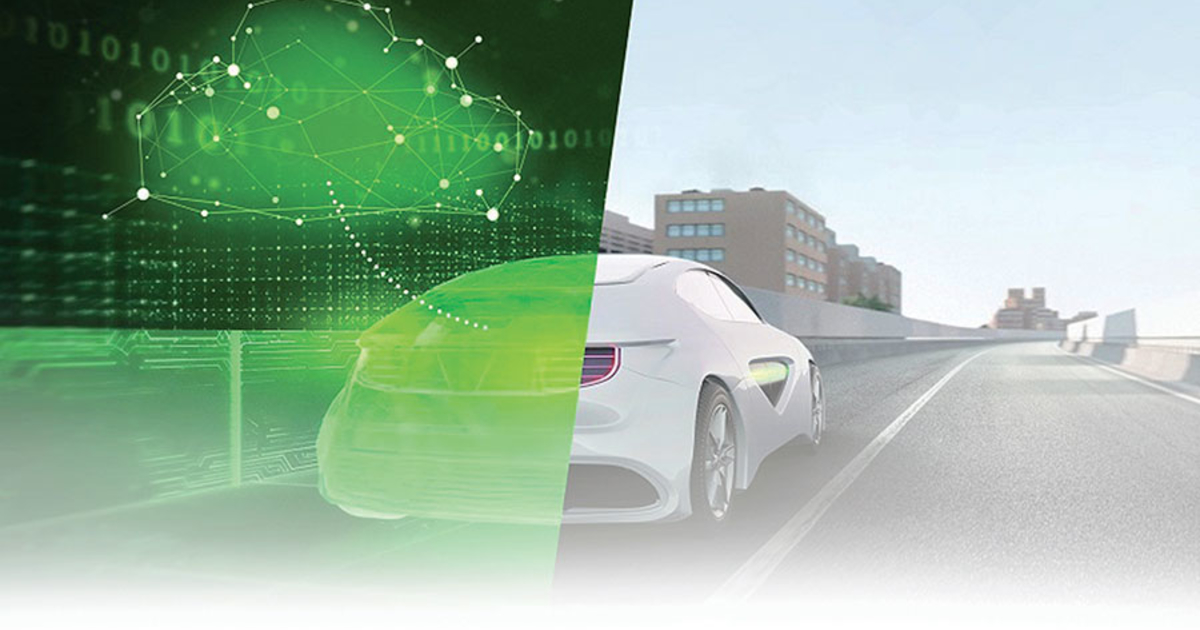
As the importance of automotive software grows, the industry will need to do more to attract top talent in the field amid stiff competition from Silicon Valley — and quickly, experts and industry executives said.
“It’s not like there aren’t a lot of great people working in this space, but compared to the density you might find in Silicon Valley or other more tech-focused industries, it’s been a challenge for the auto industry,” said Jeff Peters, a partner in mobility early-stage venture capital at Ibex Investors in Denver.
Automotive spending on software is increasing at a rapid clip. S&P Global Mobility expects annual spending on in-vehicle infotainment software development alone to grow 44 percent to $356.1 million by 2027 from $247.1 million in 2022. McKinsey & Co., meanwhile, projects the global market for automotive software to rise 163 percent to $50 billion annually in 2030 from $19 billion in 2019.
While the auto industry is an attractive landing spot in its own right, it has often failed to win over talented software engineers drawn to Silicon Valley’s high salaries and fast-moving cultures, said Tawhid Khan, director of software practice for S&P Global Mobility.
The auto industry is more bound by process and regulation than the tech sector, often making it a harder sell for software engineers, particularly younger ones, Khan said.
“This is a well-known problem, and it’s been happening for many, many years,” he said. “I was one of them. It took me years to come in line with automotive processes.”
Those processes have been built up over the course of decades, as automakers and suppliers learned how to best manage a complex supply chain and regulatory landscape.
Software engineers hired by auto companies often must “plug into systems developed decades ago.” That can make their jobs less enjoyable as they toil along trying to create system workarounds rather than building something new, Peters said.
It’s an issue automakers and suppliers have attempted to resolve. Some companies have created software divisions intended to operate with quicker timetables and fewer legacy systems, more like a Silicon Valley software company.
One example is Cariad, the software division that Volkswagen Group launched in 2019. VW patterned Cariad after Silicon Valley companies.
But delays and high costs have hampered the division. Software development delays were blamed for the new Audi, Bentley and Porsche electric vehicles not launching on time, and those troubles were part of the reason VW ousted Herbert Diess as its CEO last year.
Not all similar approaches are marked by struggles, however. Software provider Elektrobit, for example, has 4,000 employees and is an independent subsidiary of German supplier giant Continental. That independence gives Elektrobit an agility to essentially “function as its own company,” said Artur Seidel, vice president of Americas for the software provider.
“We can develop a culture around that,” Seidel said. “I can imagine that this is a bit more difficult for companies that may be hardware-focused and might need to develop a culture like this within a broader system.”
Many established automotive companies have turned to acquisitions and partnerships to gain necessary software expertise.
Aptiv, for example, closed a $4.3 billion purchase of software firm Wind River last year. The acquisition gave Aptiv access to Wind River’s technology and more than 1,000 technical employees, including high-demand talent such as software developers and engineers.
“We think some of the big answers to some of the big questions that are being faced by automotive in how to deploy software effectively across the fleets is actually going to come from other industries,” Aptiv CFO Joe Massaro said on a call with analysts last year. “Wind River has a lot of that know-how and a lot of that understanding.”
There is likely to be a “fair amount” of mergers and acquisitions in the auto sector in the next year, particularly in areas related to electronics and software, said Paul Carrannanto, a principal in the industrial manufacturing and automotive sector for PwC. Given uncertainty in the automotive market and in the broader economy, as well as the number of parts suppliers in financial distress, “there might be some value buys” to consider, he said.
Still, companies should be wary of bringing in hundreds or thousands of employees simply because they need software issues addressed, said Johannes Deichmann, the leader of McKinsey’s automotive software initiative in Europe, the Middle East and Africa.
“If you put more people on delayed or struggling projects, you normally just increase the struggle,” he said.
The industry should instead focus on luring “top-notch talent” that can think through complex problems, define technology standards and motivate the hundreds or thousands of software developers in their company to follow them.
“It’s not so much a question of if you have 10,000 more or less people as an industry,” Deichmann said. “But do we get the few great thinkers that can pave the way?”
High-end talent is likely to be in the job market right now, given recent rounds of layoffs at Silicon Valley tech giants, said Peters. Some laid-off software engineers are likely to find their way into the auto industry, he said, while others could launch startups with colleagues. Those startups could then become attractive acquisition targets for automotive companies down the line.
“I would expect to see a lot of activity with smaller companies in the five-to-20-employee range, where you’re hiring a decent density of great people but not too many,” Peters said. “It’s a great opportunity to hire and acquire a consolation of folks that work well together and solve a problem they have.”